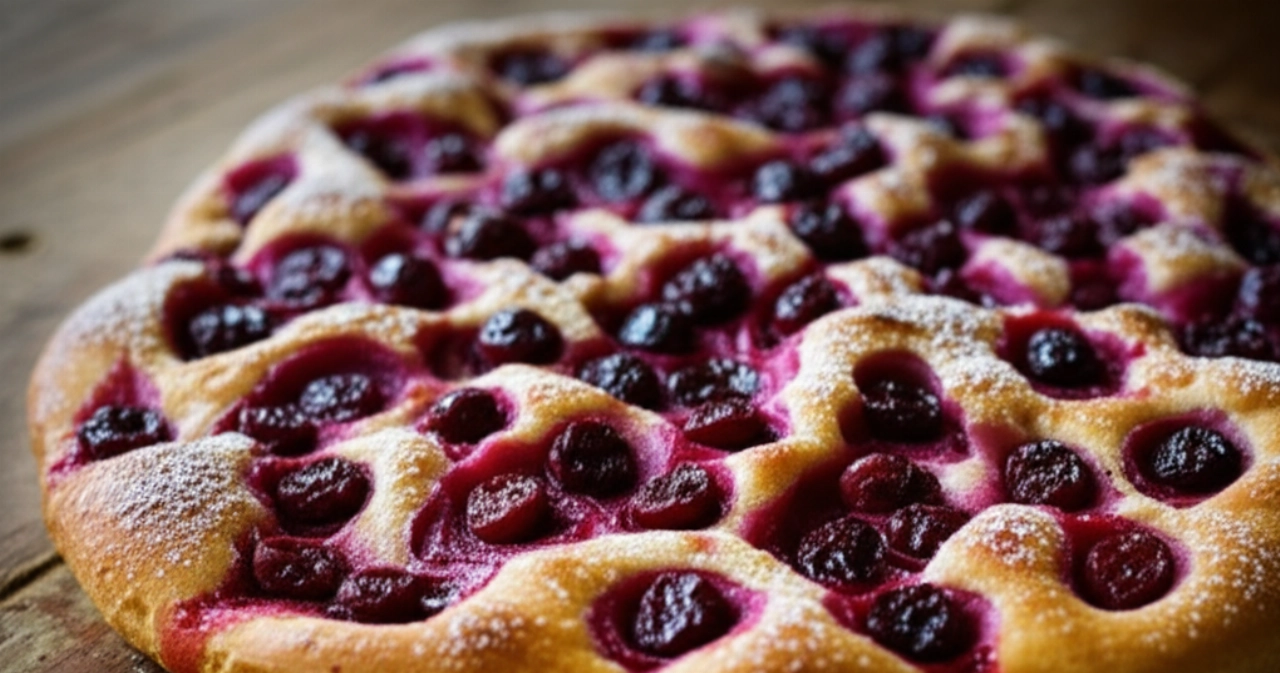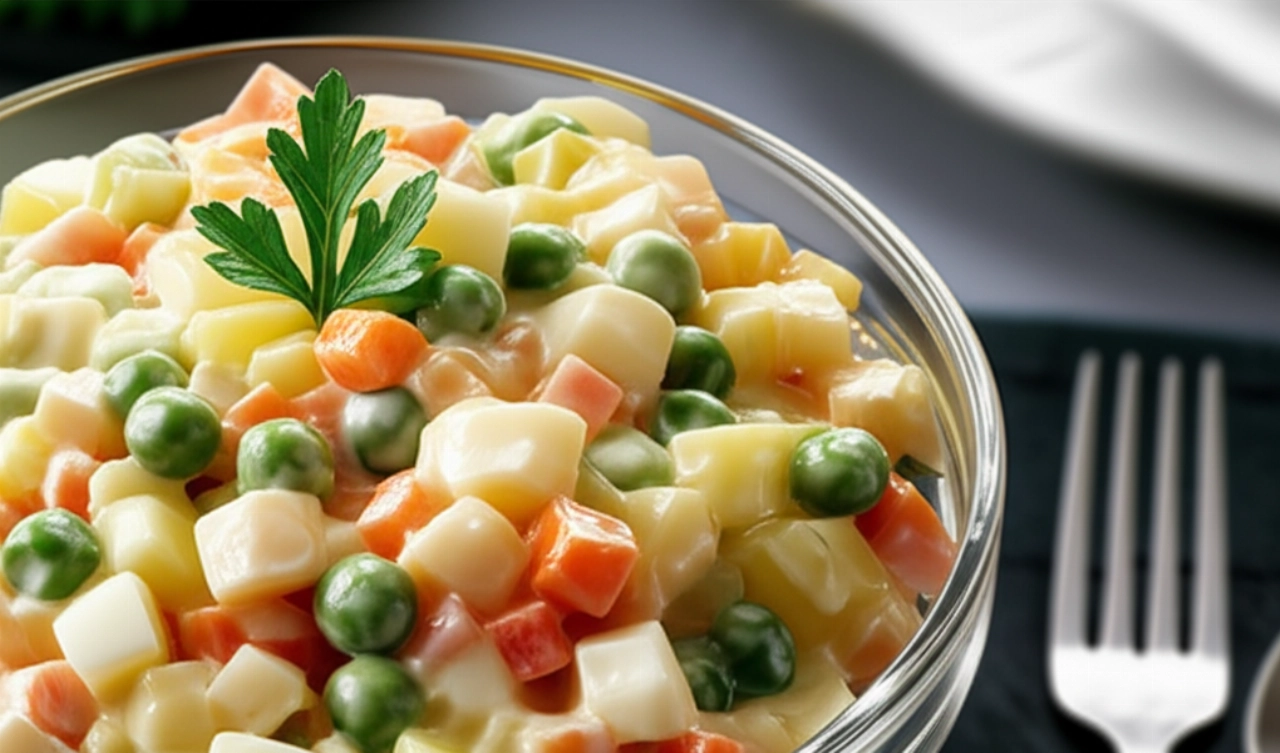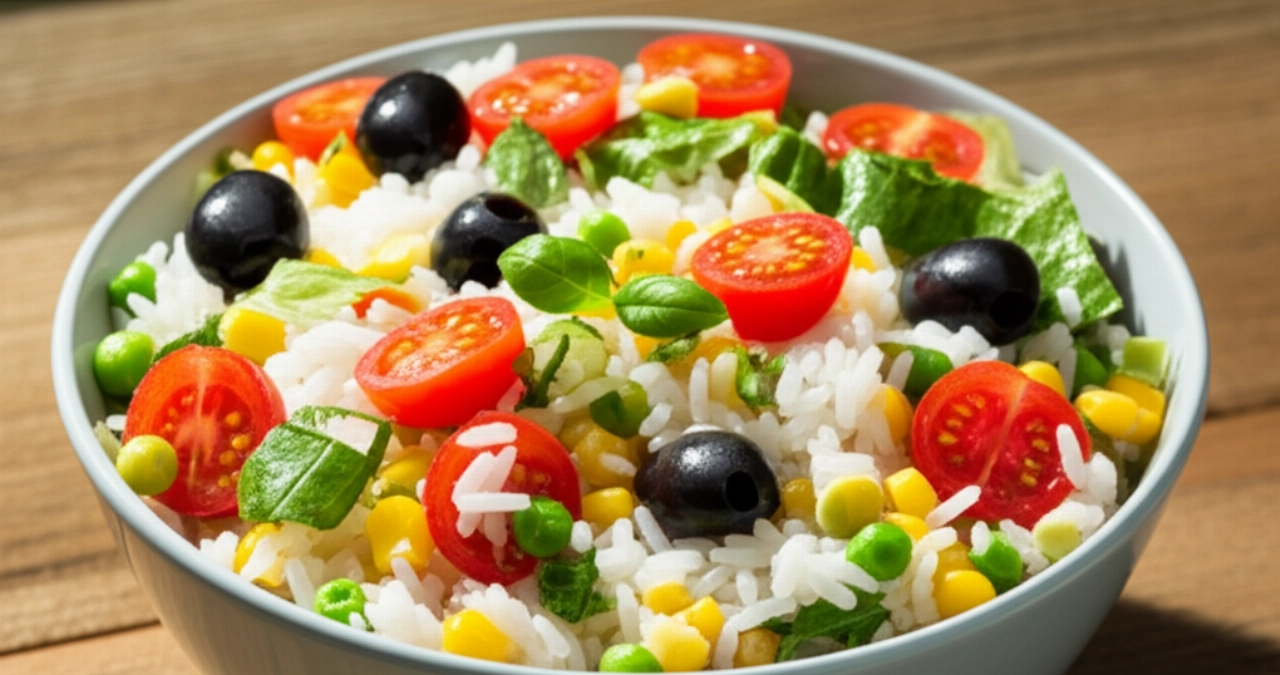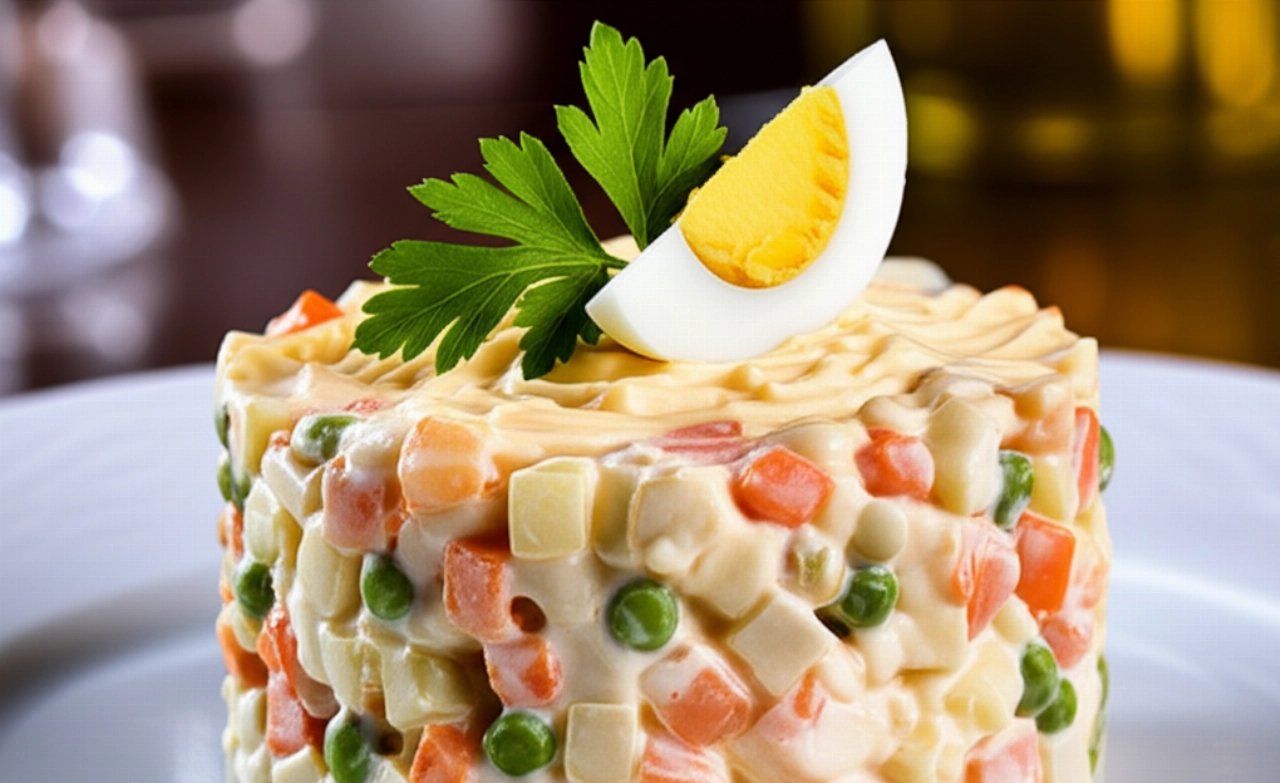Do you dream of bringing a dish to the table that tastes of sunshine, Tuscan summer, simplicity, and true flavors? Panzanella is exactly that: an ode to freshness, a masterpiece of humble cuisine that transforms stale bread into an irresistible delight.
But let's be honest, how many times have you tasted a soggy, bland Panzanella, or worse, a version that didn't do justice to its authentic soul? Finding the right recipe, one that makes you feel like you're in a Tuscan farmhouse, can seem like an impossible mission, and the risk of wasting precious ingredients is always around the corner.
Make yourself comfortable. On this page, you won't just find a list of ingredients, but the definitive guide, full of tricks and tips passed down from generation to generation, to prepare the freshest, crispiest, and most flavorful Panzanella of your life. Success is guaranteed, and every bite will be a round of applause for your palate!
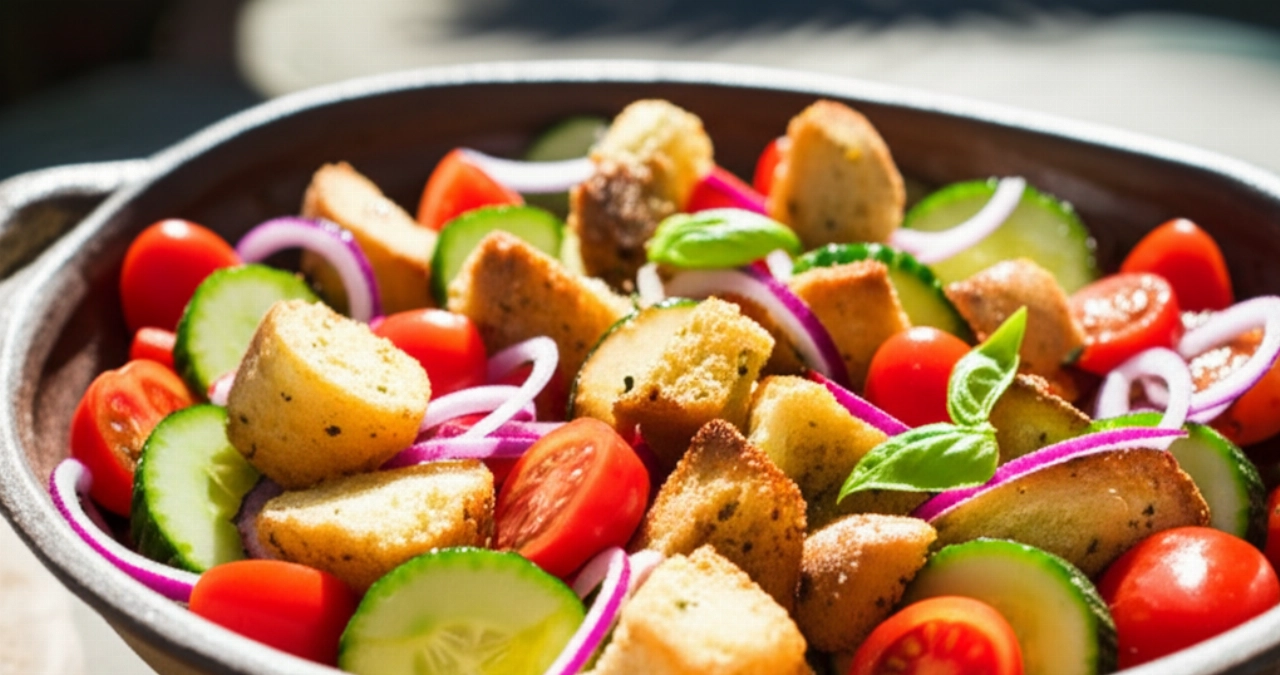
Ingredients for a Perfect Panzanella: The Choice That Makes the Difference
Panzanella is a simple dish, but its goodness lies entirely in the quality and intelligent choice of each individual ingredient. It's not just a list, but a symphony of flavors that, if well orchestrated, will give you an unforgettable experience.
- Stale Bread (250-300g): This is the true protagonist! Do not use fresh bread; it wouldn't absorb liquids well and would make the dish soggy. Ideally, use Tuscan unsalted bread, or a hard-crusted country bread, stale for at least 2-3 days. It's what will give the right consistency and that unmistakable rustic flavor.
- Ripe Tomatoes (500g): Choose juicy and fleshy tomatoes, such as Ramati or Beefsteak. They provide the sweetness and balanced acidity that refreshes the palate. Their ripeness is crucial for the final flavor.
- Cucumber (1 medium): Fresh and crisp, cucumber adds a note of freshness and a pleasant texture that contrasts with the softness of the bread.
- Tropea Red Onion (1 small): Sweet and delicate, red onion is essential for that aromatic and slightly pungent touch that characterizes Panzanella. If you don't like a strong flavor, you can soak it in cold water for 10 minutes before using it.
- Fresh Basil (a generous bunch): Basil leaves are not just a garnish, but a key ingredient that provides Mediterranean aroma and flavor. Use it generously!
- Red Wine Vinegar (2-3 tablespoons): Vinegar is the soul of Panzanella, giving it its typical acidity and helping to soften the bread. Choose a good quality vinegar; it will make a difference.
- Extra Virgin Olive Oil (generous, 4-5 tablespoons): A good Tuscan EVO oil (or excellent quality otherwise) is essential to bind all the flavors and give luster to the dish. Don't skimp!
- Salt and Freshly Ground Black Pepper: To taste, to enhance all the flavors.
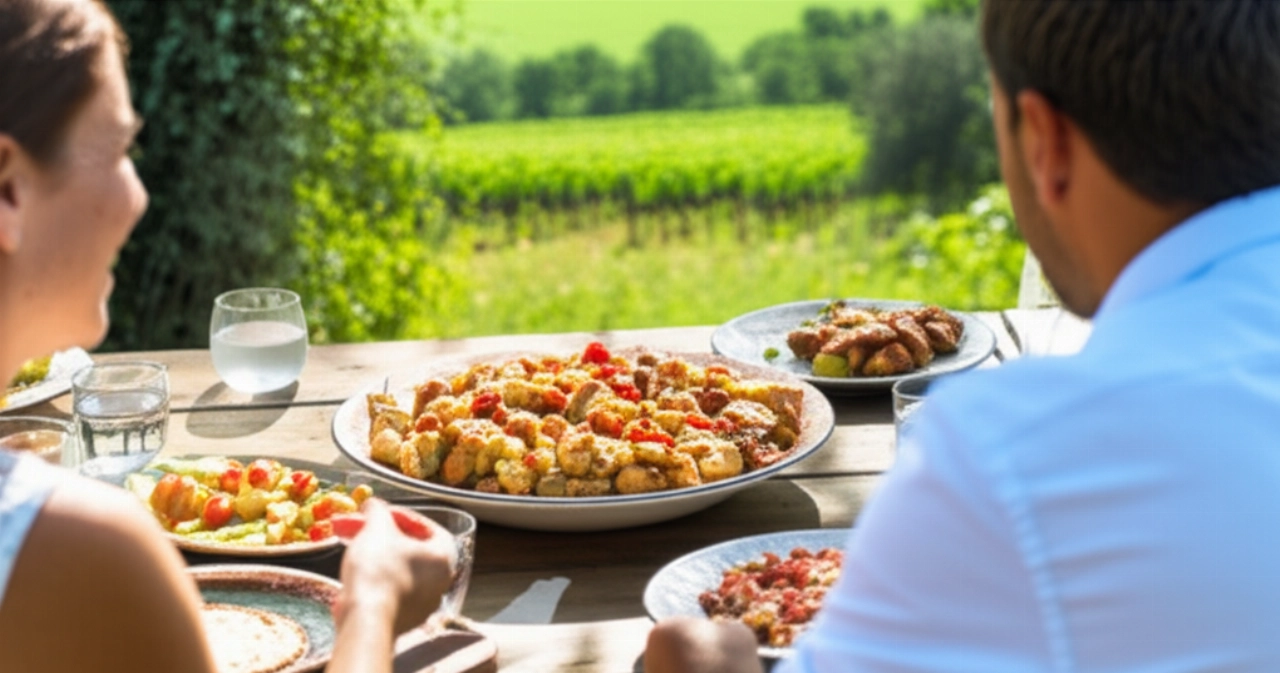
The 3 Mistakes That Make Panzanella Soggy or Bland (and How to Avoid Them)
As a "guardian" of the kitchen, my job is to protect you from the most common mistakes. Panzanella is simple, yes, but it has its little secrets to avoid turning into a sad mush.
- Wrong Bread (or its preparation): Using fresh bread is a sacrilege for Panzanella! It would turn into a mush. And even with stale bread, don't squeeze it too much after soaking, otherwise it will lose all its ability to absorb flavors. It should remain moist, but not soggy.
- Not Letting the Dish Rest: Panzanella is not a salad to be eaten immediately. It needs time, at least 30 minutes (an hour is better!), for the bread to absorb all the vegetable juices and dressing. It is during this resting period that the flavors merge and enhance each other.
- Skimping on Quality Ingredients: Being a "humble" dish with few elements, the quality of tomatoes, oil, and vinegar is crucial. Bland tomatoes or poor-quality oil will irrevocably ruin the final result. Invest in good ingredients; your Panzanella will thank you!
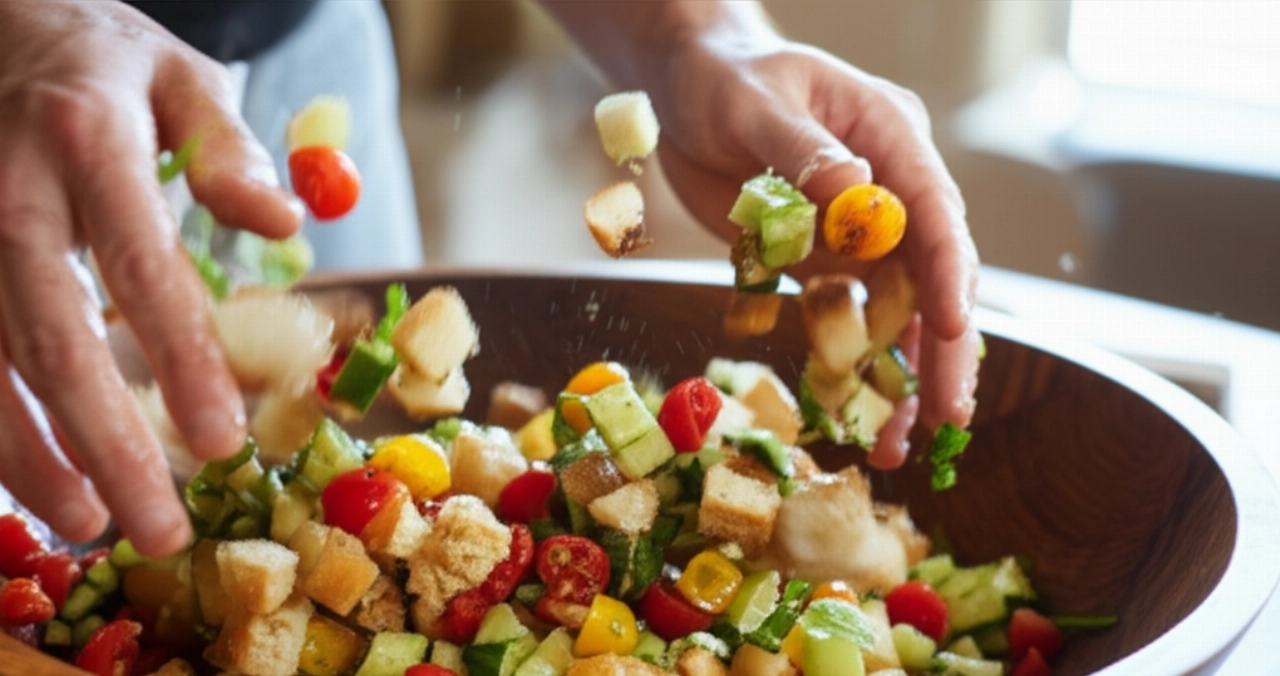
The Extra Touch: The Tip My Grandmother Passed Down to Me for a Perfect Panzanella
My grandmother, the true master of Panzanella, had a secret that few know. She didn't just soak the bread and squeeze it. After gently squeezing it, she would roughly shred it with her hands, almost "massaging" it with oil and vinegar before adding it to the vegetables. This allowed the bread to open up, absorb the dressing better, and maintain a pleasantly irregular consistency, never gummy or too compact. It was her way of ensuring that every piece of bread was an explosion of flavor, while still maintaining its structural integrity.
Let's Prepare Tuscan Panzanella Together: The Step-by-Step Guide for Guaranteed Success
Now that you know all the secrets, it's time to get your hands dirty (or rather, in the bread!). Follow these steps calmly and confidently, and your Panzanella will be a masterpiece.
- Prepare the Bread: Cut the stale bread into slices or coarse cubes. Place it in a large bowl and moisten it with cold water (or water and vinegar, for a more intense flavor) for about 5-10 minutes, depending on the hardness of the bread. It should not be completely soaked, but soft to the touch.
- Squeeze and Shred the Bread: Take the soaked bread and gently squeeze it with your hands to remove excess water. Don't overdo it; it should remain moist. Roughly shred it with your fingers and set it aside in a clean bowl.
- Prepare the Vegetables: Wash the tomatoes, cucumber, and basil thoroughly. Cut the tomatoes into irregular pieces (not too small; they should have some texture). Peel the cucumber and cut it into rounds or half-moons. Thinly slice the red onion.
- Combine and Dress: In the bowl with the shredded bread, add the tomatoes, cucumber, red onion, and basil leaves torn with your hands (do not cut them with a knife, as they would oxidize!).
- The Magic Dressing: Dress generously with extra virgin olive oil, red wine vinegar, salt, and freshly ground black pepper.
- Massage and Let Rest: With clean hands, gently massage all the ingredients, so that the bread absorbs the vegetable juices and dressing well. This step is crucial for the fusion of flavors. Cover the bowl with plastic wrap and let it rest in the refrigerator for at least 30 minutes (or even an hour) before serving. This is when the magic happens!
- Serve and Enjoy: Before serving, give it a final stir. Your Panzanella is ready to be enjoyed!
Tips and Frequently Asked Questions about Tuscan Panzanella
Here are some of the most common questions I get asked about Panzanella. I hope they are helpful!
- Can I use fresh bread for Panzanella?
- Absolutely not! The secret of Panzanella is precisely stale bread, which absorbs liquids without falling apart and maintains a pleasant consistency. Fresh bread would turn into a tasteless mush.
- Which are the best tomatoes to use?
- Tomatoes are fundamental. Choose juicy and ripe varieties such as Ramati, Beefsteak, or San Marzano. Avoid overly watery tomatoes or salad tomatoes that have little flavor.
- Can I prepare Panzanella in advance?
- Yes, in fact, it's recommended! Prepare it at least 30 minutes before serving to allow the flavors to meld. You can also prepare it a couple of hours in advance, but not too far in advance (maximum 3-4 hours) to prevent the bread from becoming too soft. Store it in the refrigerator.
- How can I store leftover Panzanella?
- Panzanella is a dish that is best enjoyed freshly made or after a short rest. If there are leftovers, you can store it in the refrigerator in an airtight container for a maximum of 1 day. It tends to lose its crispness over time, but it remains tasty nonetheless.
- Can I add other ingredients to Panzanella?
- The traditional recipe is simple, but you can customize it! Some add black olives, capers, bell peppers, or even oil-packed tuna for a richer dish. The important thing is that the ingredients are of good quality and pair well with Mediterranean flavors.
There you have it! Now you no longer just have a recipe, but all the secrets to bring a dish to the table that tastes of sunshine, Tuscan tradition, and love for simple yet authentic things. Your Panzanella will be a guaranteed success, an explosion of freshness and flavor that will win everyone over.
Don't be afraid to experiment, but start from this solid base and you'll see that applause won't be lacking. Cooking is an act of love, and with this Panzanella, you'll prove it!
Have you tried our recipe? We are very curious to see your masterpiece! Leave a comment below, tell us how it went, or share a photo on Instagram by tagging @CercaRicette.it. If you loved this Panzanella, you can't miss our recipe for Caprese Salad, another summer classic, or for a perfect side dish like our Crispy Roasted Potatoes.
